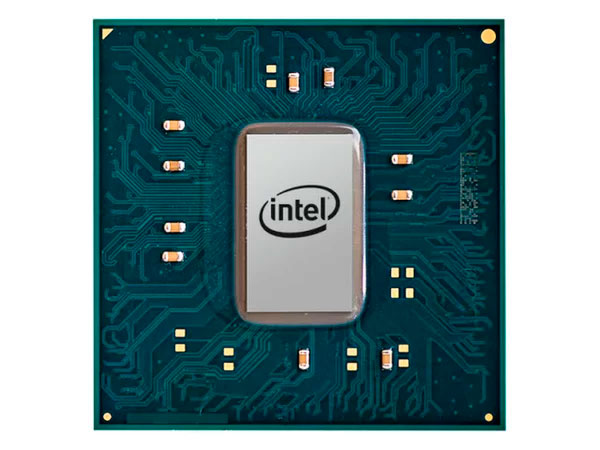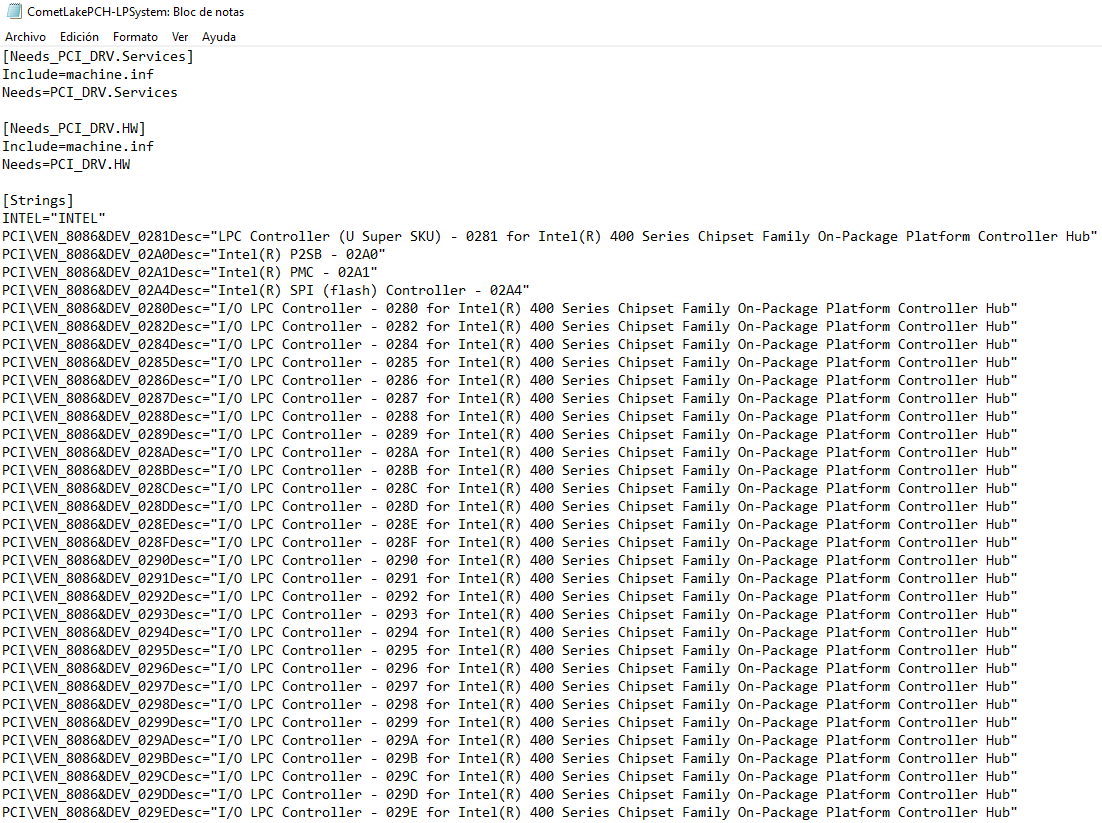Intel Releases 400- and 495-Series Chipset Drivers For Comet Lake and Ice Lake CPUs
It's amazing how you can find the most interesting information in obscure places. Intel's latest Server Chipset Driver (10.1.18010.8141) brings support for the Comet Lake and Ice Lake PCH-LP (Platform Controller Hub - Low Power). The update also serves as a hint that the respective processors are en route.
The README file for the driver package sheds some light on Intel's branding for the upcoming chipsets. Apparently, Intel will use 400-series branding to refer to the Comet Lake (CML) chipset. This makes perfect sense because Comet Lake is the planned successor to replace Coffee Lake (CFL), which is affiliated with the 300-series moniker. And yes, Comet Lake will still be on the 14nm process node.
A recent leak reveals that Intel will reportedly use the 10000-series naming convention for the upcoming Comet Lake processors after running out of four-digit model names. Comet Lake parts will feature up to 10 cores, which is unprecedented for an Intel mainstream processor.
On the flipside, the Ice Lake (ICL) chipset, which is set to replace Cannon Lake (CNL), will carry the 495-series branding. We don't blame you if you've never heard of (or forgotten) about Cannon Lake. Other than being the first processor to be produced under the 10nm manufacturing process, Cannon Lake has nothing else to its name. As far as we know, the Intel Core i3-8121U dual-core processor is (or was) the only Cannon Lake chip to see the light of day.
| Microarchitecture | Chipset | Manufacturing Process | Release Date |
| Ice Lake | 495-series | 10nm | 2020 |
| Comet Lake | 400-series | 14nm | 2019 |
| Cannon Lake | N/A | 10nm | 2018 |
| Coffee Lake | 300-series | 14nm | 2017 |
| Kaby Lake | 200-series | 14nm | 2016 |
| Skylake | 100-series | 14nm | 2015 |
Ice Lake aims to change consumers' perception of Intel's 10nm node and hopefully help the company forget about the whole Cannon Lake fiasco. The new processors are expected to jump out of the 10nm+ frying pan and come with a few eye-popping features, such as support for the Thunderbolt 3 and Wi-Fi 6 (also known as 802.11ax) standard. Not to mention that Ice Lake chips will feature double the L2 cache capacity that Intel hasn't changed since the Nehalem period.
However, Ice Lake's Gen11 iGPU (Integrated Graphics Processing Unit) steals the show. Gen11 reportedly delivers up to one teraflop of 32-bit and two teraflops of 16-bit floating point performance. Some benchmarks have shown that Gen11 can effectively take on some of AMD's integrated graphics solutions.
Intel's most recent desktop client roadmap suggests that Comet Lake will land in the last quarter of the year while Ice Lake won't arrive until 2020.
Get Tom's Hardware's best news and in-depth reviews, straight to your inbox.

Zhiye Liu is a news editor, memory reviewer, and SSD tester at Tom’s Hardware. Although he loves everything that’s hardware, he has a soft spot for CPUs, GPUs, and RAM.


